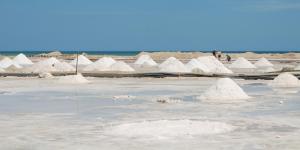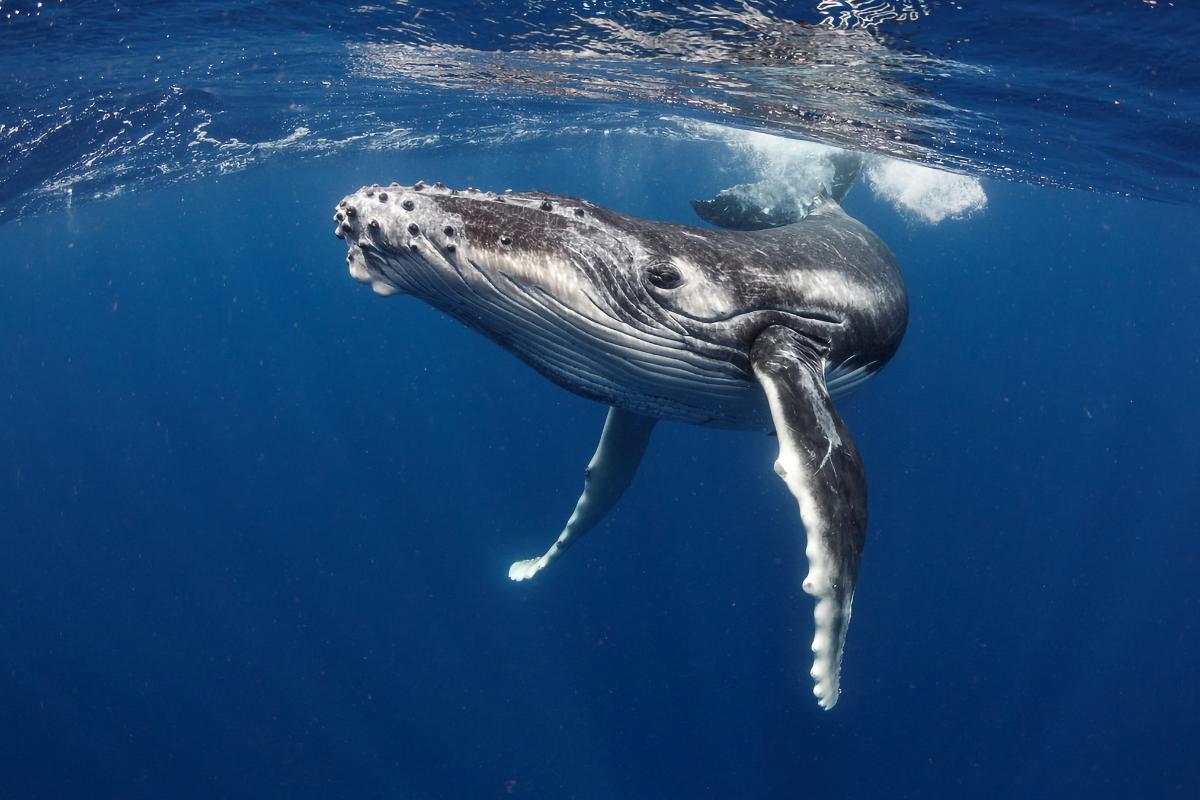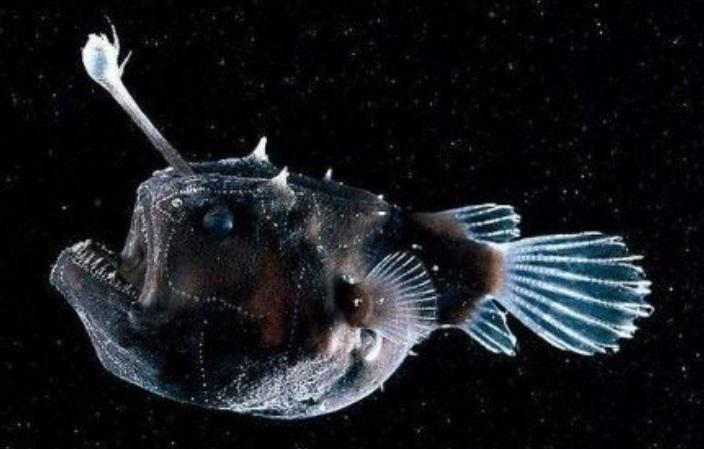What Are Abyssal Plains?


The ocean depths hold some of the most enigmatic and unexplored landscapes on Earth. Among these mysteries lie the abyssal plains, vast underwater stretches cloaked in eternal darkness and immense pressure. These regions, far from the reach of sunlight, have long remained a source of fascination and intrigue for scientists. However, the abyssal plains are far from barren wastelands. They play a crucial role in the intricate web of marine ecology, providing a unique habitat for a surprising diversity of life forms.
The following article by thedailyECO explores Abyssal plains, detailing their defining characteristics and the surprising ecosystems that thrive within their waters.
What are Abyssal plains?
Abyssal plains are extensive, relatively flat regions of the seafloor found at depths ranging from 3,000 to 6,000 meters (approximately 9,800 to 19,700 feet).
They lie between the continental slopes, which mark the abrupt descent from continental shelves, and either mid-ocean ridges or deep-sea trenches. A
byssal plains encompass roughly 50% of the Earth's ocean floor, making them the most dominant topographical feature on Earth's submerged surface. Their remarkable flatness is due to the accumulation of fine-grained sediments like clay and silt over millions of years. These sediments often originate from landmasses and are transported by turbidity currents down continental slopes.
These deep-sea environments exist in all major oceans, with prominent examples including the Argentine and Vizcaya plains in the Atlantic, the Somali and Arabian Abyssal plains in the Indian Ocean, and the Tufts and Aleutian Abyssal plains in the Pacific Ocean. The Arctic Ocean also features Abyssal plains, such as the Bellishausen and Enderby Abyssal plains.
Despite the seemingly featureless landscape, abyssal plains play a vital role in the Earth's ecological balance. They serve as repositories for organic material sinking from the surface layers, contributing to the sequestration of carbon dioxide.
What are the characteristics of the Abyssal planes?
Abyssal plains exhibit a range of fascinating characteristics, such as:
- Abyssal plains are extensive, relatively flat regions of the seafloor found at depths ranging from 3,000 to 6,000 meters (9,800 to 19,700 ft).
- They support a surprising diversity of life adapted to the extreme conditions of the Abyssal zone.
- The temperature in the Abyssal plains is extremely cold, hovering around 0°C to 3°C (32°F to 37°F). This is because sunlight does not penetrate to these depths.
- The pressure in the Abyssal plains is immense, due to the weight of the overlying water. It can reach up to 80 megapascals (MPa), which is equivalent to about 800 times the atmospheric pressure at sea level.
- No sunlight reaches the Abyssal plains, so they are in complete darkness. This has led to the evolution of unique adaptations in organisms that live there, such as bioluminescence, which is the ability to produce their own light.
- There are potato-sized lumps rich in metals like manganese, iron, nickel, and cobalt, scattered throughout the Abyssal plains. Their formation is a slow process that takes millions of years.
- The remains of marine creatures that die near the surface sink down, blanketing the ocean floor in a constant slow rain of bones, teeth, and shells. Over millions of years, this organic rain has created a nutrient-rich layer of sediment on the abyssal plains.
- Dotting the Abyssal plains are these volcanic oases spewing superheated, mineral-rich water. These hydrothermal vents create localized ecosystems teeming with life unlike anything found elsewhere on Earth.
- The Abyssal plains are often referred to as silent worlds. However, recent research suggests that these deep waters carry the low-frequency sounds of distant earthquakes and volcanic eruptions, creating an eerie and ever-present background hum.
Ever wondered what forces the currents churning in the deep ocean? Dive deeper in this article to explore the mysteries of deep-sea circulation.

What animals are in the Abyssal plain?
Abyssal plains, being deep-sea environments characterized by extreme darkness and high pressure, indeed harbor relatively sparse fauna.
The primary inhabitants are often chemosynthetic bacteria, which derive nutrients from chemical processes rather than sunlight. These bacteria are sustained by gaseous products from volcanic subsoils found in Abyssal plains.
In addition to bacteria, Abyssal plains may host invertebrates such as Abyssal worms and vertebrates like Abyssal fish. Abyssal fish have adapted to the dark environment with features such as large mouths and specialized morphological structures used for trapping or baiting prey.
The lack of light in Abyssal plains necessitates adaptations among its inhabitants. For instance, many Abyssal fish utilize bioluminescence to attract prey, with the lantern fish being a notable example. Lantern fish possess luminous appendages that they use to lure prey closer before capturing them with their large mouths.
Furthermore, the crushing pressure and eternal darkness of the Abyssal plains have become a haven for some truly ancient life forms. Species like trilobites, which were thought to be extinct for hundreds of millions of years, have been found thriving in these extreme environments.
Finally, the presence of volcanic oases creates thriving ecosystems around these vents, where Giant tubeworms, blind shrimp, and extremophiles—organisms that thrive in extreme conditions—flourish. This defies the seemingly barren nature of the abyss and highlights the surprising biodiversity that exists in these extreme environments.
Want to dive deeper into the fascinating world of aquatic ecosystems? Check out this article to learn more.

If you want to read similar articles to What Are Abyssal Plains?, we recommend you visit our Environment (other) category.
- Ponce, J. (2019) Submarine platform and Argentine Atlantic coast during the last 22,000 years. Researchgate . Retrieved from researchgate.net
- Ramírez, E. and Billett, D. (2006) Deep sea ecosystems: Privileged reservoir of biodiversity and technological challenges. The exploration of Marine Biodiversity, Institute of Marine Sciences, Barcelona . pp: 73-82.
- Alfaro, P. et al., (2007) An integrated study of the terrestrial relief. Conceptual and didactic foundations. Teachings of Earth Sciences . pp: 115-118.
- Canals, M. et al., (2000) The submarine landslides of the Canary Islands. Makaronesia . pp:64-66.







